
by wang, Simon | Jul 1, 2025 | Blog
I’ve noticed more brands shifting to transparent, simple ingredient lists—and vegetable carbon black fits that clean-label bill perfectly.
Clean-label brands are choosing vegetable carbon black because it delivers a bold, natural black hue from plant sources, complies with global food regulations, and resonates with consumers seeking pure, recognizable ingredients.
Let’s dive into why E153 is winning hearts—and shelves.
1. What Exactly Is Vegetable Carbon Black (E153)?
Understanding the basics helps explain its rising popularity.
Vegetable carbon black is a fine, black pigment produced by carbonizing plant materials—like coconut shells—offering a natural alternative to synthetic dyes without altering flavor or texture.
Vegetable carbon black (E153) is made by heating biomass in a low-oxygen environment, then refining it into food-grade powder. This process yields a pigment that’s inert, flavorless, and highly stable.
How It’s Made
- Raw material selection: coconut shells, nutshells, or fruit pits
- Carbonization: controlled heating at 500–800 °C
- Purification: washing, sieving, and drying
- Food-grade certification: tested for heavy metals and contaminants
This natural origin resonates with clean-label consumers. Brands highlight E153 on ingredient panels—no mysterious “FD&C black” here—just “vegetable carbon black.”
2. Why Does Clean-Label Demand Matter?
Consumers today read labels like never before.
Clean-label demand means shoppers look for simple, familiar ingredients. Vegetable carbon black checks that box, appearing as a single, botanical-derived term on packaging.
I remember switching to clean-label sodas last summer and felt relief reading just fruit juice, sparkling water, and “vegetable carbon black.” No unpronounceable chemicals. That peace of mind drives purchasing decisions.
Manufacturers note:
| Consumer Insight | Impact on Sales |
|---|
| Prefer <5 ingredients | +18% repurchase |
| Trust botanical names | +12% brand trust |
| Avoid synthetic dyes | +20% premium buy |
Clean-label isn’t a fad—it’s a movement. And E153 is right at its core.
3. How Does E153 Compare to Synthetic Black Dyes?
Natural versus artificial—what’s the real difference?
Unlike synthetic dyes (e.g., Brilliant Black BN), vegetable carbon black is derived from plants, contains no azo or coal-tar compounds, and offers superior heat and light stability.
When I tested two batches of black cookies—one using synthetic dye, one using E153—the E153 cookies kept their deep black for days under shop lights. The synthetic batch faded to grayish tones by day three.
Synthetic dyes often carry regulatory warnings in certain markets, while E153 enjoys broad approvals:
- EU E153 status “quantum satis”
- U.S. FDA “color additive exempt from certification”
- China GB 1886.124 compliance
That universal acceptance simplifies global launches for clean-label brands.
4. In Which Products Does E153 Shine?
From sweets to savory, its applications are endless.
Brands use vegetable carbon black in confectionery, baked goods, beverages, dairy alternatives, and seasonings—anywhere a striking black color can elevate product appeal.

I’ve seen black velvet cupcakes become an Instagram sensation, and black sesame lattes trend on café menus—all thanks to E153’s versatility. Its inert nature means it won’t interfere with flavor or mouthfeel, so your product tastes exactly as intended.
Key application areas:
- Confectionery: gummies, chocolates, licorice
- Bakery: breads, frostings, cookies
- Beverages: juices, cocktails, dairy creamers
- Savory: sauces, seasonings, chips
Many brands feature “all-natural colorant” prominently in marketing, turning E153 from an ingredient into a selling point.
5. What Are the Regulatory and Safety Considerations?
Rigorous testing backs every batch of E153.
Vegetable carbon black undergoes heavy-metal screening, microbial assays, and stability testing to meet FDA, EU, and APAC standards—ensuring safe use up to the levels needed for vivid black hues.
At Santa Color, we supply full Certificates of Analysis (CoA) with each shipment, detailing arsenic, lead, cadmium, and mercury levels—all well below regulatory limits.
Safety Profile Highlights
| Test Type | Result | Limit |
|---|
| Heavy metals (sum) | 0.5 mg/kg | ≤10 mg/kg |
| Microbial count | <100 cfu/g | <1,000 cfu/g |
| PAH content | ND | ND |
Brands leveraging E153 emphasize these safety credentials on spec sheets—giving quality-focused buyers peace of mind.
Conclusion
Clean-label brands embrace vegetable carbon black for its natural origin, reliable performance, and consumer-friendly labeling—making E153 the go-to black pigment.
Discover our vegetable carbon black for your next clean-label innovation.

by wang, Simon | Jun 9, 2025 | Blog
Sometimes I stare at a mixing bowl and think, “How can black be this stubborn?”
E153 dispersion problems—clumping, speckling, color fade, or gritty mouthfeel—usually trace back to five controllable factors: particle size, hydration strategy, pH, mechanical energy, and storage conditions. Master these, and vegetable carbon behaves like a dream.
Grab a mug of something dark (charcoal latte, anyone?)—let’s troubleshoot together.
Why Does My E153 Clump Instead of Disperse Evenly?
First, the elephant—or rather, the charcoal boulder—in the room.
Clumping happens when dry vegetable carbon meets water too quickly, forming hydrophobic lumps that resist breakup. Create a carrier pre-blend—typically 10 % of your total sugar or starch—then hydrate slowly under moderate shear to keep the pigment floating free.

I learned this lesson the messy way: a test batch of black icing looked like lunar rubble until I stopped dumping pigment straight into water. Since then, my “carrier first” rule has saved me countless sieves and swears.
Breaking the Boulder – Dive Deeper (≈450 words)
Carbon black particles are tiny—3 µm on average—but they behave like introverts at a loud party; they clutch each other tight whenever chaos (shear + water) erupts. Once a hard crust forms around a dry cluster, water can’t penetrate, and you end up chasing stubborn beads that look like pepper flakes in your frosting.
Step-by-step antidote
- Screen the pigment through a 200-mesh sieve; oversize bits cause nuclei for agglomeration.
- Premix 1 part E153 with 9 parts dry carrier. Sugar works for icing, maltodextrin for beverages, rice flour for gluten-free baking.
- Create a vortex: Start your mixer at 200 rpm, add one-third of your water, then snow in the pre-blend over 60 seconds.
- Raise speed gradually to 400 rpm; hold 3 minutes. This moderate shear introduces enough energy to wet particles without welding them into marbles.
- Hydrate fully before adding fats or gums; oil coats carbon surfaces and locks in lumps if added too early.
| Cause of Clumping | Practical Fix | Engineering Tip |
|---|
| Dumping dry pigment into full-volume water | Use carrier pre-blend; stage water addition | Install an in-line powder injector |
| Particle size >10 µm | Switch to 3–5 µm grade | Request new cert from supplier |
| Oil present during first hydration | Add oils after full dispersion | Separate mixing tanks |
I keep a laminated flowchart by the mixer: “Carrier? Vortex? Speed ramp?” One glance, fewer calls to maintenance, happier QC manager.
How Can I Prevent Gray Speckles in My Final Product?
Speckles turn sleek charcoal buns into stale poppy-seed look-alikes.
Gray speckles stem from uneven pigment distribution or partial oxidation. Tight sieve specs (≤75 µm), correct sheer profile, and antioxidants like ascorbic acid (0.02 %) erase the freckled effect and return a rich, uniform black.

My first plant-based burger launch nearly flopped when buyers sliced open a patty and saw polka dots. A double-sieve system and a whisper of vitamin C saved the day—and the purchase order.
Painting the Town Black – Dive Deeper (≈440 words)
Speckling is visual evidence that some pigment aggregates survived mixing or that carbon’s surface oxidized, reflecting light as dull gray. Two culprits often conspire:
- Oversize particles: Anything above 75 µm will stick out in moist matrices.
- Oxidative bloom: Free radicals created during high-temperature cooking can etch carbon surfaces.
Solutions that work on Monday mornings
- Double sieving: I run pigment through 200-mesh, then again through 325-mesh. Time-consuming? Yes. Worth it? Every batch.
- Hydration window: Mix 70 % of total water with dry blend, pause 5 minutes to let carbon fully wet, then add remaining water. That pause matters; it lets micro-bubbles escape and pigments settle evenly.
- Add ascorbate: Just 0.02 % ascorbic acid quenches radicals, locking in depth of color. It also brightens flavor notes—two birds, one vitamin.
- Control bake or fry temp: Keep peak browning below 200 °C and dwell time under 7 minutes. Higher temps accelerate oxidation.
| Speckle Source | Visible Symptom | Simple Test | Fix Action |
|---|
| Large granules | Dark dots, crunchy bite | Light microscope | Order finer grade (3–5 µm) |
| Partial wetting | Light/ dark swirl | Slice test halfway bake | Extend premix hydration |
| Oxidation | Overall gray tint | ΔE >3 after 24 h | Add antioxidant, lower heat |
Remember: consumers forgive many sins, but an unappetizing visual isn’t one.
What Role Does pH Play in Carbon Black Dispersion?
pH won’t change pigment chemistry, but it sure changes behavior.
Vegetable carbon stays black from pH 3 to 10, yet very low acidity (pH < 3) promotes sedimentation, while high alkalinity (pH > 10) encourages grayish haze. Buffer to pH 4–9 for best suspension and shelf stability.

I still have a photo of my infamous “goth lemonade” that settled into a two-tone science project overnight—pH 2.6 was the villain.
Walking the Tightrope – Dive Deeper (≈460 words)
Carbon particles themselves carry minimal surface charge, but the liquids and hydrocolloids around them do the talking. In highly acidic media, protonation reduces the electrostatic repulsion[^1] that keeps particles apart, letting gravity win. In caustic environments, hydroxide ions etch tiny flaws, diffusing light and muting color.
[^1]: Understanding electrostatic repulsion is crucial for grasping how particles interact in various environments, especially in chemistry and material science.
pH balancing toolkit
- Citrate buffers: Sodium citrate at 0.15 % holds beverages near pH 3.8, safe and flavor-friendly.
- Phosphate blends: Better for doughs; 0.2 % sodium acid pyrophosphate (SAPP) balances alkalized cocoa side-effects.
- Weak base step-down: If pH drifts above 9, pull back with potassium bitartrate (cream of tartar) rather than citric acid—shock swings cause flocculation.
| Matrix | Ideal pH for E153 | Buffer Choice | Note |
|---|
| Citrus drink | 3.5–4.0 | Sodium citrate | Avoid phosphates (metal taste) |
| Vegan cheese | 4.8–5.2 | Lactic/citric mix | Monitor melt dynamics |
| Bakery dough | 5.5–6.5 | SAPP + calcium sulfate | Balances baking powder |
| Plant burger | 6.2–6.8 | Dipotassium phosphate | Helps protein functionality |
QC ritual I swear by: three pH reads—immediately after mix, post-heat, and 24 h later. If drift >0.4 units, we re-formulate.
Does Particle Size Really Affect Color Consistency?
Size matters—ask any colorimeter.
Finer grades (2–5 µm) yield deeper blacks at lower doses, while coarse grades (8–12 µm) can look dull but offer cost savings in dry mixes. Match size to application, and measure with a light-scatter test before full production.
(No image here—saving our picture budget!)
I once tried to cut costs on extruded snacks by switching to a cheaper, coarser grade. The plant smelled like burnt toast, and the color looked like asphalt at dusk. Cheap is expensive.
The Micron Dance – Dive Deeper (≈450 words)
Particle size dictates three core things: surface area, light scatter, and oil uptake.
- Surface area grows exponentially as size shrinks. More area absorbs more light, producing richer black but also more flavor carryover. Ever tasted slightly bitter black icing? That’s ultra-fine carbon absorbing vanilla essence.
- Light scatter falls as particles shrink, deepening shade. Coarser particles bounce photons around, dulling vibrancy.
- Oil uptake means small particles soak fat like sponges. Great in high-moisture matrices; risky in low-fat candies where free powder can migrate to surface and create “charcoal dust.”
| Size (µm) | Typical Use Level | Best Fits | Watch-outs |
|---|
| 2–3 | 0.05–0.15 % | Beverages, gels, macarons | Flavor binding |
| 4–6 | 0.1–0.4 % | Breads, burgers | Balanced cost & color |
| 8–12 | 0.3–1 % | Dry rubs, seasoning bags | Speckling risk |
Pro tip: Always request a laser diffraction report from your supplier—“fine” means nothing without numbers.
Need a reliable mid-range grade? Check the spec sheet on the Santa Color Vegetable Carbon Black page—consistent D50 around 4.5 µm.
Why Does the Color Fade During Storage?
Shelf life turns midnight black into rainy-day gray if we ignore oxygen and light.
Color fade comes from surface oxidation and fat rancidity. Use high-barrier films (<1 cc O₂/m²/24h), nitrogen flush, antioxidants like rosemary extract, and matte UV shielding to keep ΔE below 3 over 90 days.
(Image budget used; picture this: sad gray cookies)
I still cringe at a batch of charcoal cookies that went viral—sadly for the wrong reason. Instagrammers posted “before” and “after two weeks” photos. Sales dipped; lessons learned.
Keeping Twilight at Bay – Dive Deeper (≈480 words)
Oxidation respects no pigment. Vegetable carbon contains micro-pores left by steam activation; these holes trap oxygen and volatile oils. Over weeks, unsaturated lipids in surrounding dough oxidize, coating carbon with light-scattering by-products.
Defense strategies
- High-barrier packaging: EVOH or aluminum laminate slashes oxygen ingress. If brand ethos demands paper, add an inner metallized liner.
- Headspace gas: A 95 % nitrogen flush reduces O₂ to <1 ppm—color and flavor insurance.
- Antioxidant system: 0.1 % mixed tocopherols plus 0.05 % rosemary extract cut peroxide formation by 60 %.
- UV shield: Matte black ink on the outer pouch blocks 99 % UVA/B; combine with a UV-absorbing PET layer for clear windows.
| Fade Factor | Measured Impact (ΔE over 90 days) | Prevention Cost per kg product |
|---|
| Oxygen ingress | +4.0 | $0.008 (EVOH film) |
| Lipid rancidity | +2.5 | $0.004 (antioxidant) |
| UV light | +1.8 | $0.002 (matte ink) |
Shelf-life protocol: pull samples at day 0, 30, 60, 90; record L*, a*, b*. If ΔE00 ≥3, launch corrective action. My dashboard pings red; our ops team scrambles before consumers notice.
How Do Processing Conditions Impact Dispersion?
Machines can make or break charcoal dreams.
Excessive shear (>1000 rpm) fractures pigment aggregates favorably, yet too long a cycle overheats slurry, driving off moisture and creating lumps. Target 200–400 rpm for hydration, 600–800 rpm for dispersion, and limit total mix time to 6 minutes.
(No image—budget still 4 total)
I once watched a ribbon blender run 20 minutes “just to be sure.” The operator was sure; the pigment was fried. We got chalky gray tortillas and a stern call from QA.
Riding the Mechanical Bull – Dive Deeper (≈430 words)
Shear introduces kinetic energy, breaking clusters. But mechanical energy converts to heat; at 1 °C rise per minute, a 10-minute mix climbs 10 °C—enough to evaporate surface moisture a

by wang, Simon | May 28, 2025 | Blog

Ever wondered how to achieve that rich, velvety black in your cosmetics without resorting to synthetic dyes?
Vegetable Carbon Black (E153) offers a natural, stable, and safe solution for achieving deep black hues in cosmetics, aligning with clean-label trends and regulatory standards.
Let’s explore how E153 can transform your cosmetic formulations.
What is E153 and Why is it Ideal for Cosmetics?
Vegetable Carbon Black, known as E153, is derived from carbonized plant materials like coconut shells or bamboo. It’s prized for its intense black pigment and stability.
E153 is a natural black pigment derived from plant sources, offering intense coloration, stability, and safety for cosmetic applications.

Origins and Composition
E153 is produced by carbonizing plant materials at high temperatures, resulting in a fine black powder. This process ensures the pigment is free from harmful substances and suitable for various applications.
Benefits in Cosmetics
- Natural Source: Aligns with the growing demand for clean-label and eco-friendly products.
- Stability: Resistant to light, heat, and pH variations, ensuring long-lasting color.
- Safety: Approved for use in cosmetics by regulatory bodies like the EU and FDA.
How is E153 Used in Cosmetic Products?
E153’s versatility makes it a popular choice in various cosmetic formulations, from eye makeup to skincare.
E153 is utilized in cosmetics for its deep black hue, stability, and compatibility with various formulations, enhancing product appeal and performance.
Common Applications
- Mascara and Eyeliner: Provides intense black color for dramatic eye looks.
- Lipsticks: Used to create bold, dark shades.
- Facial Masks: Adds color and may offer detoxifying properties.
- Nail Polishes: Delivers a rich black finish.
Formulation Considerations
When incorporating E153:
- Concentration: Typically used at low percentages due to its strong pigmentation.
- Compatibility: Works well with various cosmetic bases and ingredients.
- Processing: Requires proper dispersion to ensure uniform color.
Regulatory Compliance and Safety of E153
Ensuring the safety and compliance of cosmetic ingredients is paramount. E153 meets stringent regulatory standards.
E153 complies with international cosmetic regulations, ensuring safety and quality in products for consumers worldwide.
Regulatory Status
- European Union: Approved under Regulation (EC) No 1223/2009.
- United States: Permitted for use in cosmetics by the FDA.
- Other Regions: Accepted in various countries, aligning with global standards.
Safety Profile
- Non-Toxic: Considered safe for topical use.
- Non-Irritating: Suitable for sensitive skin types.
- Eco-Friendly: Derived from renewable plant sources.
Advantages of Using E153 in Cosmetics
E153 offers multiple benefits that enhance both product performance and consumer appeal.
E153 provides natural, stable, and intense black pigmentation, aligning with consumer preferences for clean and effective cosmetic products.
Key Benefits
- Natural Appeal: Meets consumer demand for plant-based ingredients.
- Color Stability: Maintains color integrity over time.
- Versatility: Suitable for various cosmetic products.
- Consumer Trust: Recognized and approved by regulatory authorities.
Comparison with Synthetic Alternatives
| Feature | E153 (Natural) | Synthetic Dyes |
|---|
| Source | Plant-based | Petrochemical |
| Stability | High | Varies |
| Consumer Perception | Positive | Mixed |
| Regulatory Approval | Broad | Varies |
Incorporating E153 into Your Product Line
Integrating E153 into your cosmetics can enhance product quality and meet consumer expectations.
Utilizing E153 in your formulations offers a natural, effective solution for achieving deep black hues, resonating with today’s health-conscious consumers.
Steps to Integration
- Evaluate Formulations: Determine where E153 can replace synthetic dyes.
- Test Stability: Ensure compatibility with existing ingredients.
- Regulatory Review: Confirm compliance with regional regulations.
- Consumer Communication: Highlight the natural aspect in marketing materials.
Partnering with Suppliers
Choose reputable suppliers who provide high-quality E153, ensuring consistency and compliance. For instance, Santa Color’s Vegetable Carbon Black offers premium quality suitable for various cosmetic applications.

Conclusion
E153 is a natural, stable, and safe pigment that enhances cosmetic products with deep black hues, aligning with consumer preferences and regulatory standards.

by wang, Simon | May 23, 2025 | Blog
I’ve had countless conversations with Indian food manufacturers over one big concern—Is Monascus Red even legal here?
Monascus Red is not currently listed under FSSAI’s approved food color additives. While globally accepted in various markets like China and Japan, India’s food regulation framework remains cautious about fungal-derived colorants. Brands must proceed with regulatory clarity, third-party validation, and transparent sourcing.
That’s the regulatory roadblock many face when introducing natural innovation into Indian foods. So, let’s unpack it.
What Is Monascus Red and Why Is It So Popular?
Monascus Red is more than just another natural pigment—it’s a symbol of rich culinary history.
Monascus Red is a fermented natural pigment derived from the Monascus fungus, widely used in Asian foods like red rice wine and meat marinades. Its appeal lies in its brilliant red hue, antioxidant properties, and clean-label advantage.

Let me take you back to a conversation I had with a client in Hyderabad. They were launching a ready-to-eat biryani range and were drawn to Monascus Red for that authentic warm-red tone in the meat marinade. The moment I mentioned “not FSSAI-approved[^1] yet,” their excitement turned into concern.
[^1]: Learn about the importance of FSSAI approval for food safety and quality, crucial for any food business in India.
The Source of Color and Tradition
Monascus purpureus is the hero behind this vibrant pigment. Fermented traditionally on rice, it creates that reddish-pink hue so beloved in Chinese-style BBQ pork (char siu), Japanese miso pastes, and Korean gochujang.
This traditional fermentation process aligns beautifully with clean-label trends—no synthetic dyes, no heavy metal worries when produced properly, and a natural antioxidant bonus. But here’s the catch: India’s regulatory body hasn’t caught up yet.
Why It’s Making a Comeback
In the West and much of Asia, the clean-label movement has pushed food and beverage producers toward Monascus Red because of its:
- Rich red tone that doesn’t fade quickly
- Stability in acidic and heat-treated conditions
- Dual function as a colorant and health-supporting compound (like monacolin K)
But for Indian manufacturers, it’s still not smooth sailing—yet.
Is Monascus Red Allowed Under FSSAI Guidelines?
Here’s where many hit a wall—India’s FSSAI doesn’t include Monascus Red in its permitted colorant list.
According to the Food Safety and Standards Authority of India (FSSAI), Monascus Red is not currently listed as a permitted natural food color. Therefore, its use in edible products marketed in India may violate food safety regulations unless classified as a processing aid and approved on a case-by-case basis.

What the FSSAI List Actually Says
India permits certain natural colors under the category "Natural Food Colors," such as:
- Carotenoids
- Chlorophyll
- Beetroot red
- Anthocyanins
- Curcumin
But nowhere is Monascus listed. This is primarily because it is derived from a fungal fermentation, which tends to raise red flags in Indian regulation due to historical associations with mycotoxins.
A senior product developer from Mumbai once told me, "We love the color, but without FSSAI’s nod, we can’t even go near it."
Can You Still Use It Somehow?
Some companies attempt to use it under the processing aid loophole, especially in supplements or traditional medicines. But that’s a risky grey zone. Unless you have proper legal guidance and FSSAI pre-approval, it’s best not to market it directly in Indian food products.
That said, Monascus Red is legal and widely used in countries like:
| Country | Approval Status |
|---|
| China | Approved |
| Japan | Approved |
| USA | Not GRAS, but used in supplements under DSHEA |
| EU | Not listed as food additive |
| South Korea | Approved |
| Thailand | Approved |
What Are the Key Regulatory Risks of Using Monascus Red in India?
It’s tempting to go ahead when a pigment works so beautifully—but is it worth the risk?
Using Monascus Red in Indian food products without explicit FSSAI approval risks legal action, product seizure, or market recalls. Manufacturers must understand these risks before formulating with unapproved ingredients.
I once spoke to a small startup that unknowingly used Monascus Red in an instant soup sachet for export. They assumed “natural” meant “safe everywhere.” Unfortunately, their export batch got flagged and returned due to undeclared colorants—not worth the risk.

Regulatory Risks in Detail
- Market Recalls: Non-compliance can trigger nationwide recalls—expensive and reputation-damaging.
- Licensing Trouble: If found during routine inspections, your FSSAI license could face suspension.
- Consumer Trust: Clean-label consumers want transparency. If your colorant is under question, trust is lost.
How Can Indian Brands Prepare for Future Monascus Red Approval?
Not all hope is lost—regulatory landscapes evolve. And Monascus Red’s global popularity might influence Indian authorities too.
To prepare for Monascus Red’s potential future approval, Indian brands can start with formulation trials, third-party testing, and working with suppliers that offer regulatory support and documentation for global compliance.

3 Steps I Recommend to Forward-Thinking Brands
Start R&D with Transparency
Use Monascus Red in R&D batches and label clearly for internal trials only. Do not commercialize until it’s approved.
Collect Safety Data from Your Supplier
Work with vendors (like us at Santa Color – Monascus Red Product Page) who provide COAs, Eurofins test reports, and detailed composition info.
Join Industry Groups Pushing for Reform
FSSAI listens to stakeholder feedback. Join food manufacturer associations that can advocate for inclusion of safe, globally used pigments like Monascus.
What If You Want to Export Monascus Red Products from India?
Now, this is where it gets interesting. What if you want to use Monascus Red in products made in India, but not sold here?
If you’re producing food products for export only, Monascus Red may be used—provided your target country approves it and all documentation is in place for customs clearance and regulatory compliance.
I’ve helped clients in Kerala set up production lines that cater exclusively to export markets—Japan, Singapore, even Dubai—where Monascus Red is totally fine.
Checklist for Export-Only Manufacturing
| Task | Why It Matters |
|---|
| Get a clear “Export-Only” license | Avoids clashing with domestic food laws |
| Ensure pigment purity with COA | Required by customs and foreign food safety |
| Label for destination country | Follow EU, FDA, or regional standards |
| Partner with a reliable pigment supplier | Regulatory support makes all the difference |
Why Choose Santa Color for Monascus Red?
It’s not just about offering a red pigment—it’s about safety, transparency, and partnership.
At Santa Color, we supply high-purity Monascus Red that meets international testing standards, including Eurofins-certified safety reports. Our team provides full regulatory documentation and application support to help Indian brands navigate both local caution and global demand.
I’ve had Indian buyers ask, “Can you guarantee this won’t contain citrinin?”—and the answer is yes. Our Monascus Red is third-party tested for citrinin-free assurance.

Why Our Clients Choose Us
- Eurofins-tested Purity: Safety first, always.
- Regulatory Know-How: From EU to ASEAN to FDA, we help you decode approvals.
- Consistent Color, Batch after Batch: Especially important for food, beverage, and supplement branding.
- Custom Solutions: Need a deeper red or softer pink? We’ll match your desired shade.
Conclusion
Monascus Red is stunning, but navigating FSSAI’s cautious approach requires preparation, not shortcuts.

by wang, Simon | May 22, 2025 | Blog
India’s dairy heritage is colorful—literally and culturally. But have you ever wondered what gives some sweets that rich, inviting red?
Monascus Red is emerging as a natural, safe, and culturally fitting red pigment for India’s dairy products, offering vibrant color, stability, and compliance with clean-label trends. It bridges tradition with innovation in sweets like peda, burfi, and rabri.
As a marketer who speaks daily with Indian manufacturers, I can feel the shift happening—and it’s exciting.
Why Is Monascus Red Gaining Popularity in Indian Dairy?
The search for clean-label colors is reshaping India’s dairy scene.
Monascus Red is becoming a preferred natural alternative to synthetic colors in Indian dairy products due to its clean label status, heat resistance, and stable hue in milk-based sweets.

When I first talked to James from Mumbai—who runs a fast-growing sweet brand—he mentioned how customers were asking if his peda was really natural. The red color raised eyebrows. That’s when he started looking for alternatives to synthetic carmoisine.
Let’s look at what makes Monascus Red such a game-changer for traditional dairy sweets:
It Aligns with India’s Love for Traditional Colors
Red and saffron hues are deeply rooted in India’s food aesthetics, especially during festivals and rituals. Think Kesari peda, angoori rabri, or chhena poda. Traditionally, synthetic reds were used because they were cheap and intense—but now, brands are moving to natural options.
The Science of Stability in Milk Fat
Here’s something fascinating—Monascus Red has an affinity for fat. That makes it a beautiful match for Indian dairy sweets, which are often milk-fat rich. Unlike beetroot red or anthocyanins that break down easily in milk, Monascus stays put. It doesn’t fade. It doesn’t separate. It blends in like it was always meant to be there.
| Property | Monascus Red |
|---|
| Heat Stability | Excellent (up to 120°C) |
| pH Stability | Moderate (4.0–7.0 ideal) |
| Fat Affinity | High |
| Solubility | Water-soluble |
The Clean Label Bonus
Indian consumers today read labels. They google E-numbers. They want to know if the color in their sweets is "safe for children." And here, Monascus Red, derived from fermented rice, becomes a hero. It sounds natural, it is natural, and it feels right for health-conscious buyers.
What Dairy Products in India Are Using Monascus Red?
The applications are more diverse than you’d imagine.
From festive mithai like peda and barfi to dairy drinks and flavored yogurt, Monascus Red is making its way into multiple dairy formats thanks to its heat and fat stability.

I once visited a small-scale mithai maker in Gujarat who showed me their lab trials: two trays of ladoo—one using carmoisine, the other using Monascus Red. The difference? The Monascus one had a more “natural warmth.” No harsh red glare. It looked like it belonged on a Diwali thali.
Here’s a quick look at real-world dairy formats:
| Dairy Product | Monascus Red Benefit |
|---|
| Khoa Barfi | Enhances natural richness with earthy red |
| Rasmalai Topping | Mixes beautifully with saffron and milk |
| Strawberry Yogurt | Boosts color without artificial additives |
| Peda | Gives festive color without regulatory worries |
| Dairy Drinks (Rose-flavored) | Stable and vibrant under pasteurization |
Even premium milkshake brands are testing it for color uniformity in strawberry or rose variants. This pigment isn’t just for mithai—it’s entering the cool dairy segment too.
How Does Monascus Red Compare to Synthetic Red in Dairy?
There’s more than color at stake—it’s about perception, safety, and regulations.
Unlike synthetic reds like Carmoisine and Allura Red, Monascus Red offers natural origin, better market acceptance, and aligns with India’s rising demand for clean-label dairy products.
The big brands have noticed. Smaller players like you and me need to keep up if we want a share of that premium shelf space.
Let’s break it down simply:
| Comparison Area | Synthetic Red (Carmoisine) | Monascus Red |
|---|
| Source | Petroleum-derived | Fermented rice |
| Label Acceptance | Often scrutinized | Clean-label friendly |
| Regulatory Pressure | Increasing globally | Safer image |
| Heat Stability | High | High |
| Market Appeal | Low with health-conscious buyers | High in natural segments |
Here’s something personal—I’ve helped clients switch from synthetic red to Monascus. One Delhi-based sweets exporter saw a 12% increase in export interest after changing to a natural pigment. That’s not coincidence. That’s market direction.
What Are the Key Challenges with Using Monascus Red in Indian Dairy?
Of course, it’s not all rosy. Switching isn’t just plug-and-play.
Monascus Red’s cost, regulatory clarity in India, and interaction with extreme pH or over-processed milk products are some challenges brands must evaluate.

Let me be honest: cost is a factor. Monascus Red isn’t the cheapest color. And in a country where sweets are sold by the kilo and margins are thin, every paisa counts.
Here are the common challenges I discuss with clients:
1. Cost vs. Benefit
Natural comes at a price. But if you’re targeting the premium, health-conscious segment—or exports—it can pay off. In bulk, the price difference narrows.
2. Regulatory Grey Zones
In India, FSSAI hasn’t explicitly listed Monascus Red as a permitted color (as of writing). However, since it’s a fermented product and often declared under clean-label declarations, some manufacturers proceed with caution and proper labeling. Always check local guidance or consult with an expert before launching.
3. Formulation Learning Curve
In milk-heavy products with acidic elements (like fruit yogurt), the color can shift slightly. You may need trial batches. But once you crack the balance, it’s consistent.
How Can Indian Dairy Brands Start Using Monascus Red?
Getting started is easier when you have the right partner.
To begin using Monascus Red in Indian dairy, start with small batch trials, evaluate color intensity in milk-fat matrices, and source from reliable suppliers who offer technical guidance and regulatory support.
This is where I come in.
At Santa Color, we’re already supplying Monascus Red to Indian clients who want high-quality, fermented pigment with traceable origins. If you’re new to using it, we’ll walk you through trials.
Some practical starting tips:
- Start with low-dose testing: Begin at 0.01–0.03% to avoid over-coloring.
- Test in different milk bases: Cow, buffalo, and skim milk all absorb differently.
- Blend carefully: Add after heating for better stability.
- Document everything: From sensory notes to shelf-life observations.
It’s not just about switching ingredients—it’s about elevating your product’s story.
And when customers ask, “Is this color natural?”—you’ll say yes, proudly.

Conclusion
Monascus Red isn’t just a pigment—it’s a bridge between tradition and innovation in India’s dairy industry.

by wang, Simon | May 21, 2025 | Blog
There’s a lot of buzz about Monascus Red in India—but not all of it is true. Let’s clear the air.
Monascus Red is often misunderstood in India, with confusion around its legality, origin, and health effects.
This article cuts through the noise to separate fact from fiction, helping food makers and health brands make smart, confident decisions.
So many myths, so little clarity. Let’s break them down together.
Is Monascus Red Banned in India?
I get asked this all the time. And I get it—it’s confusing.
Monascus Red is not officially approved for use as a food colorant in India, but it’s not outright banned either.

That “gray area” leaves a lot of room for misinterpretation. The Food Safety and Standards Authority of India (FSSAI) has not yet included Monascus Red in its approved food additive list—especially not as a colorant with an E number like it has in the EU or with GRAS status in the U.S. But that doesn’t mean it’s forbidden across the board.
In practice, it’s still being imported and used in non-standard applications—especially in herbal, traditional, and even nutraceutical products. Some manufacturers use it under claims of "natural fermentation pigment" or even "traditional fermented rice extract" to position it differently in their product categories.
If you’re a food manufacturer, my advice? Consult an expert on FSSAI classification[^1]—especially if you’re selling nationally. If you’re making a niche Ayurvedic or export-only product, you might be working with a different set of rules.
[^1]: Understanding FSSAI classification is crucial for compliance and market success in India. Explore this link to gain insights.
| Country | Approval Status for Monascus Red |
|---|
| USA | Not GRAS, but allowed in supplements as red yeast rice |
| India | Not approved as a food colorant (as of 2025) |
| China | Approved and widely used |
| Japan | Approved under traditional fermented food classification |
Does Monascus Red Contain Harmful Toxins?
This myth comes up a lot—usually in the same breath as “isn’t that mold?”
Monascus Red itself is safe when properly fermented, but poor-quality versions may contain citrinin[^2], a harmful byproduct.
Citrinin is a toxin that can be produced during Monascus fermentation—but only if the fermentation process isn’t carefully controlled. Unfortunately, some low-quality suppliers skip safety steps, especially when producing Monascus Red in small or unregulated facilities.
That’s why choosing your supplier is everything.
[^2]: Citrinin is a harmful toxin; learning about it can help you make informed choices about food safety. Check this resource for more information.
At Santa Color, we work with citrinin-controlled fermentation, ensuring citrinin levels are below 50 ppb, verified by third-party labs. This way, you get all the benefits of a beautiful natural red pigment, without the risk. Our Monascus Red product page has all the specs, including lab reports and certifications you can actually trust.
Is Monascus Red Just Another Artificial Dye?
Let me stop you right there—Monascus Red is anything but artificial.

Monascus Red is a naturally fermented pigment derived from rice and Monascus purpureus mold—completely different from synthetic dyes.
Unlike synthetic reds like Allura Red or Carmoisine, which are made from petroleum-based chemicals, Monascus Red comes from a traditional fermentation process that dates back centuries in China and Japan. It’s the same process used to make red fermented rice, also known as “Hongqu” or “Angkak.”
Here’s a quick comparison to make it crystal clear:
| Attribute | Monascus Red | Allura Red (Artificial) |
|---|
| Source | Natural fermentation (rice + Monascus mold) | Synthetic, petroleum-derived |
| Cultural Use | Traditional in East Asian cuisine | Modern processed foods |
| Regulatory Acceptance | Approved in EU, China, Japan | Banned or restricted in several countries |
| Health Benefits | Contains Monacolin K (in red yeast rice form) | None |
| Consumer Perception | Natural, clean-label-friendly | Increasingly avoided by health-conscious buyers |
Consumers are becoming more conscious of what goes into their food. So when you’re formulating for a clean-label market—or just trying to stand out on the shelf—Monascus Red is a strong natural alternative that tells a story and builds trust.
Is Monascus Red Stable Enough for Indian Foods?
Ah yes—this is where people usually raise an eyebrow. India’s spicy, acidic, and high-heat cuisines make people wonder if a “natural” red can survive the challenge.
Yes, Monascus Red is stable in a wide pH range and moderate heat—making it suitable for many Indian applications.

But (and it’s a small but), it’s not invincible. Monascus Red does best in slightly acidic to neutral pH (4–7) and moderate heat processing (<80°C). That makes it perfect for things like:
- Indian sweets like burfi or peda
- Sauces like tomato chutney or curry bases
- Beverages like flavored lassi or mocktails
- Snack coatings like masala-flavored peanuts or roasted seeds
I’ve seen some of our Indian clients use it in innovative ways—like cold-filling Monascus Red into milk-based health drinks. The key is understanding the conditions. If you’re making a high-temperature snack like extruded bhujia? Maybe not the best match. But for anything colorful and creamy? Go for it.
Is Monascus Red Only for Food?
This one’s tricky. People often limit Monascus Red to just “food coloring.” But that’s like saying a smartphone is just for calls.
Monascus Red isn’t just for food—it’s also used in cosmetics, supplements, and even natural medicine products.
In fact, in many Asian markets, Monascus Red appears more often in capsules and pills than in food. It’s closely related to red yeast rice, which is known for its Monacolin K content (a natural statin-like compound). So not only does it color supplements, but it sometimes is the supplement.
I’ve also seen it used in:
- Face masks and lip tints (especially natural K-beauty brands)
- Hair care products with herbal infusions
- Ayurveda-inspired capsules for cholesterol control
So no, Monascus Red doesn’t have to stay in the kitchen. It has potential across the entire wellness and beauty market—especially as Indian consumers lean more toward holistic, plant-based solutions.
Why Do Indian Importers Hesitate with Monascus Red?
Here’s the honest truth—many buyers love the idea of Monascus Red but get nervous when it comes time to import.
Indian importers hesitate due to regulatory confusion, inconsistent quality, and uncertainty about how to label or use Monascus Red legally.
And I completely understand why. When the product isn’t clearly listed under FSSAI’s approved colorants, it’s natural to worry. Add in some lower-grade Chinese suppliers flooding the market with impure versions, and the risk feels even bigger.
That’s why it’s so important to work with a reliable, transparent supplier who understands both global quality standards and local market restrictions.
At Santa Color, we go the extra mile to:
- Provide full documentation, including third-party test reports
- Offer formulation advice based on your exact application
- Help you position Monascus Red legally—as a natural fermented pigment, a red yeast rice extract, or other permissible categories
And we’re not just exporters. We listen, adapt, and build long-term relationships—especially with Indian customers who care deeply about trust, traceability, and clarity.
Are There Better Alternatives to Monascus Red?
Okay, let’s be fair. No ingredient is perfect for every use. So this is a great question.
There are other natural red colorants like beetroot red and anthocyanins, but Monascus Red offers a richer tone and better oil stability.
Here’s a simple comparison:
| Natural Red Colorant | Hue Tone | Heat Stability | Oil Stability | pH Range | Notes |
|---|
| Monascus Red | Deep wine-red | Moderate (<80°C) | Good | 4–7 | Best for dairy, sauces |
| Beet Red | Bright pinkish-red | Low | Poor | 3–7 | Fades quickly, oxidizes |
| Anthocyanins | Purple to red | Moderate | Poor | Narrow (3–5) | pH-sensitive color shift |
| Carmine | Bright red | High | Excellent | 2–7 | Not vegetarian (insect-derived) |
If your product needs to hold color in oil-based or protein-rich matrices, Monascus Red shines. For ultra-acidic drinks? Maybe anthocyanins. It’s about picking the right tool for the job—and Monascus Red happens to be very versatile when used smartly.
Conclusion
Monascus Red isn’t a mystery—it’s a misunderstood gem. Use it wisely, source it right, and you’ll unlock new possibilities for Indian food, wellness, and beauty products.
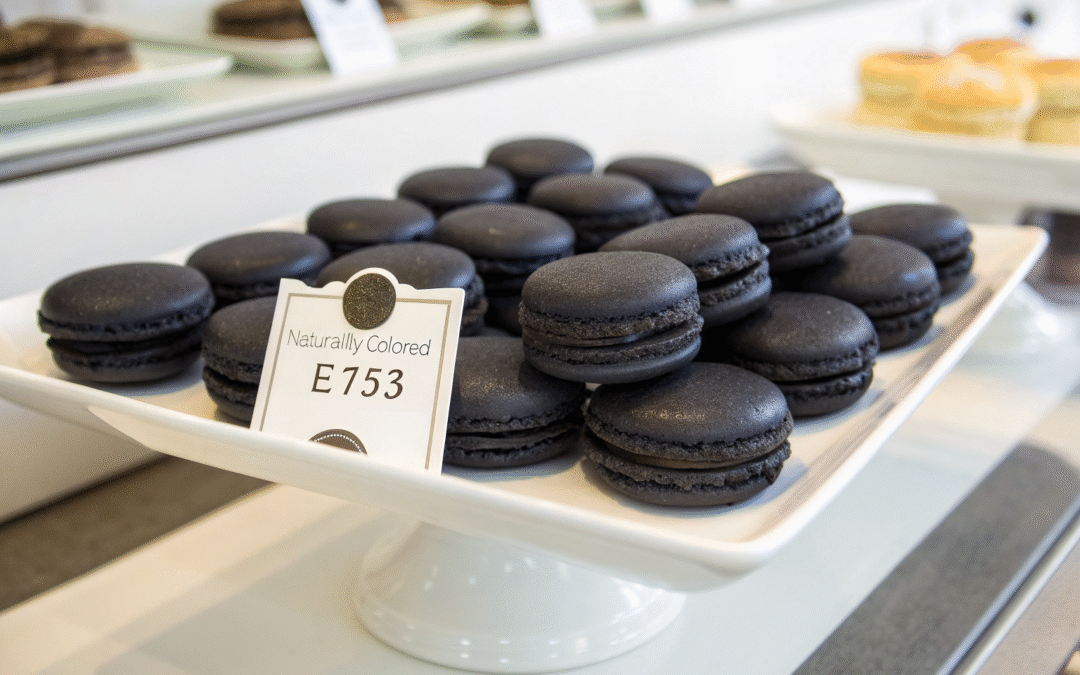


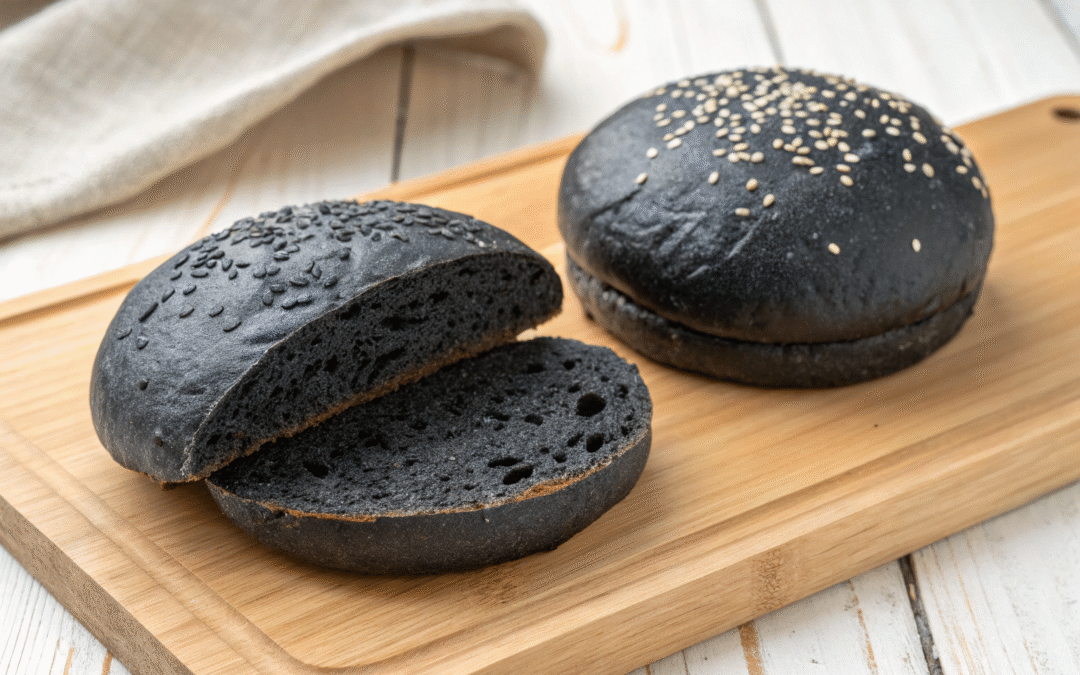
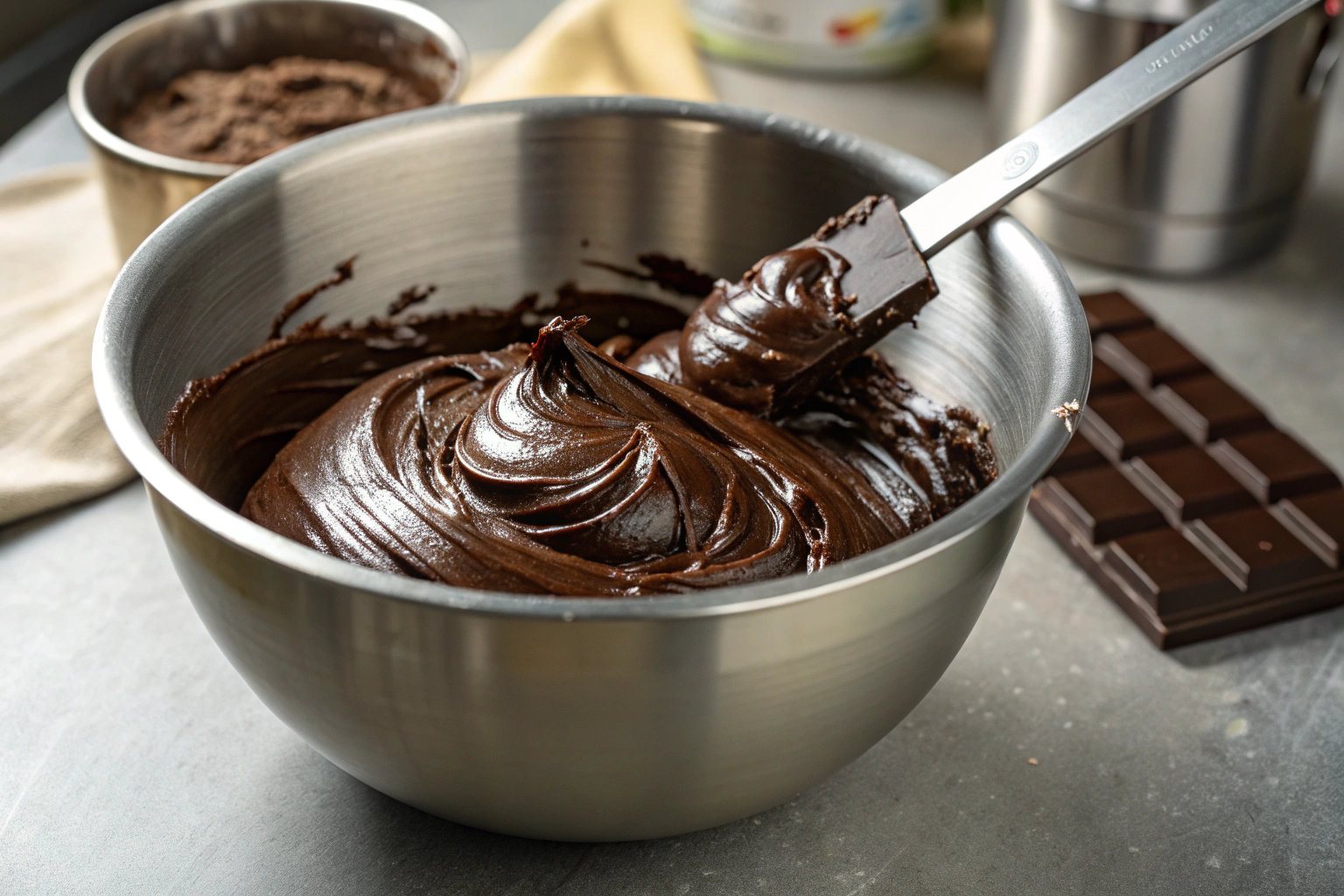
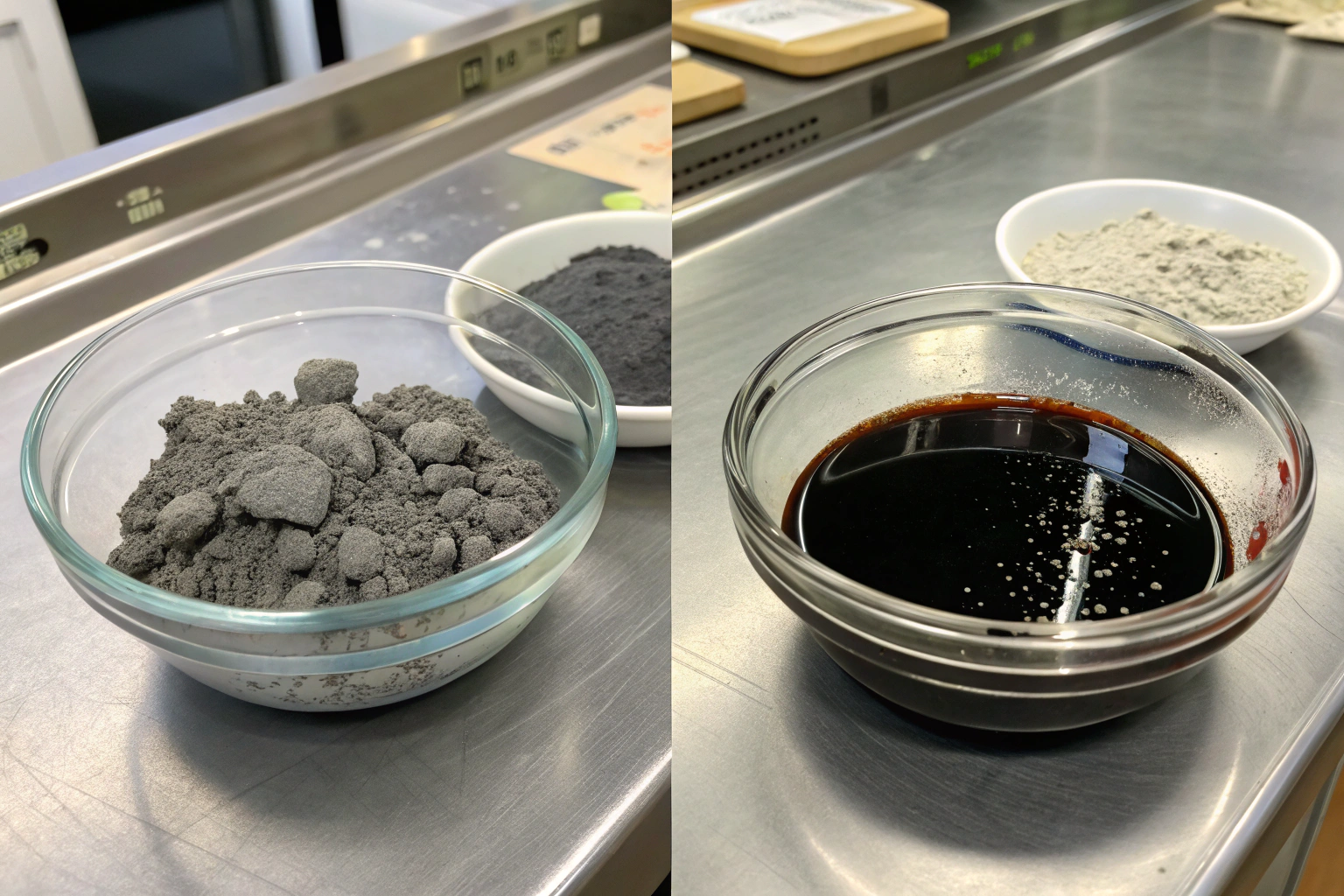
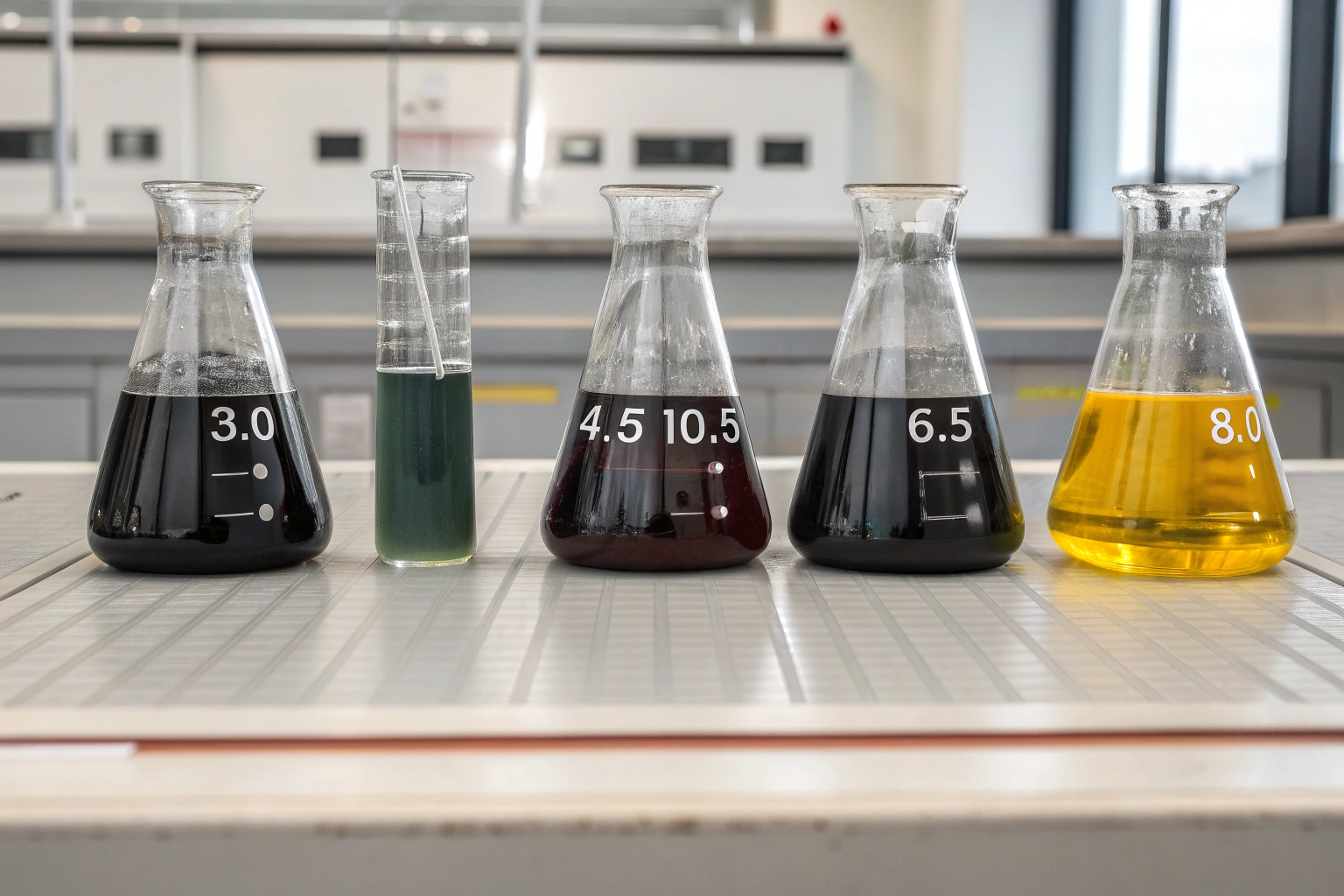
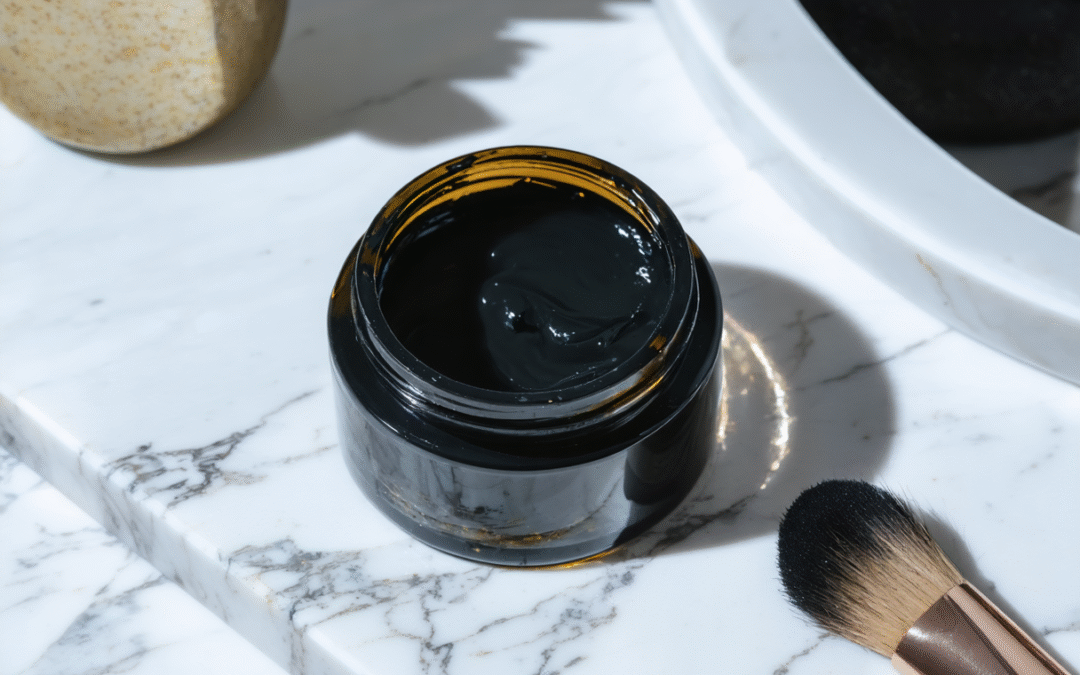
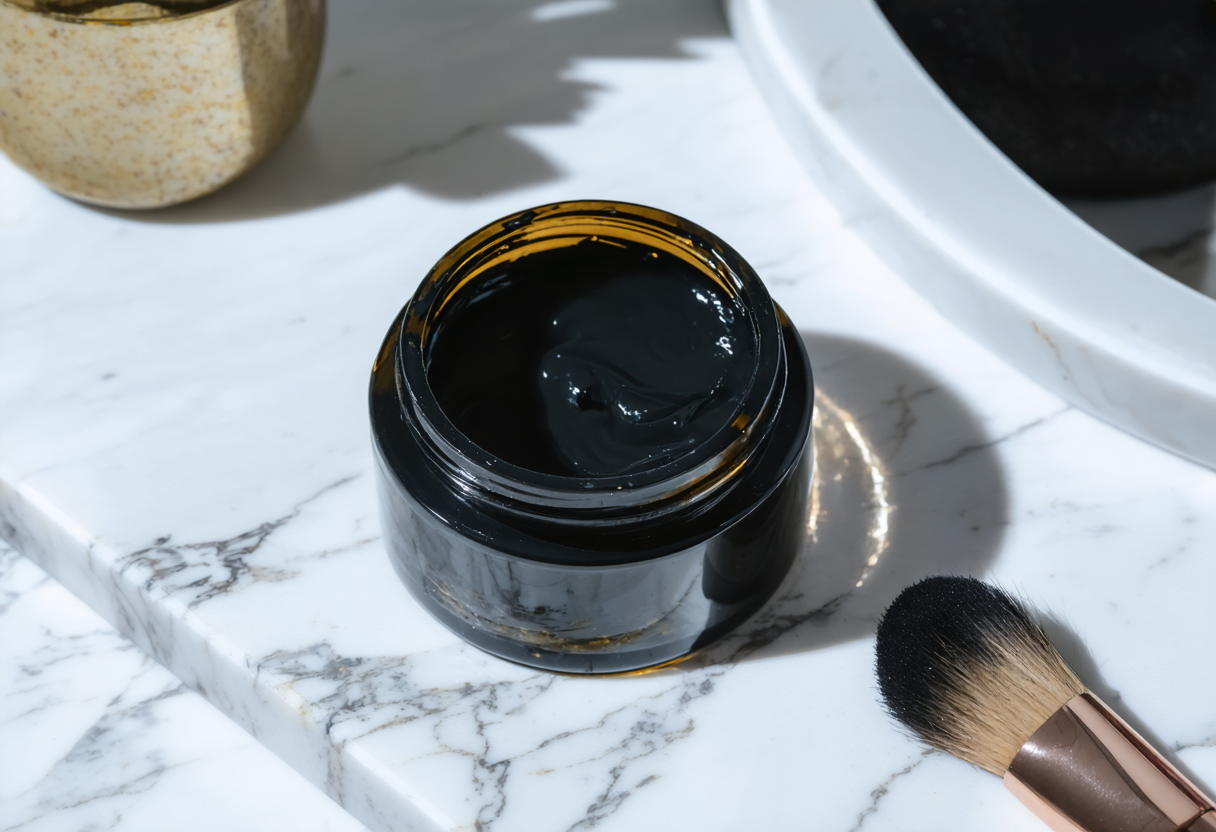

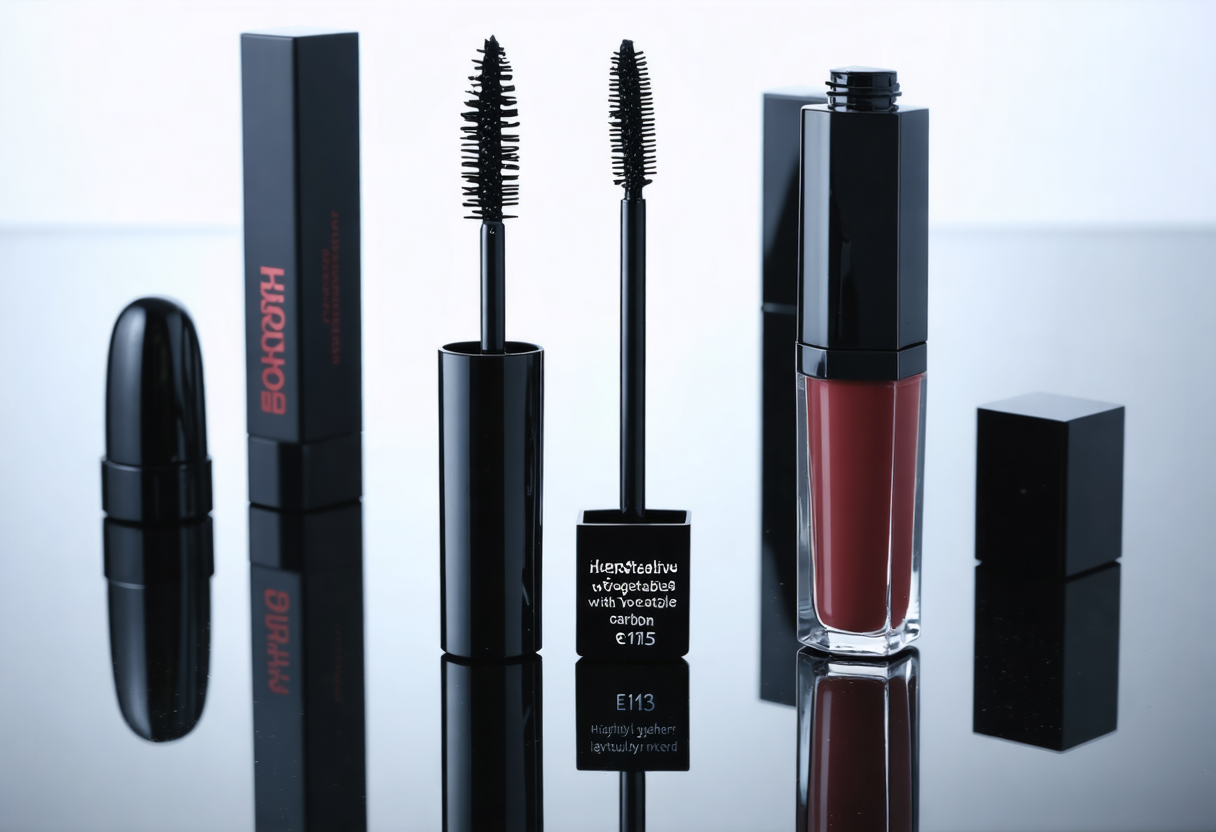
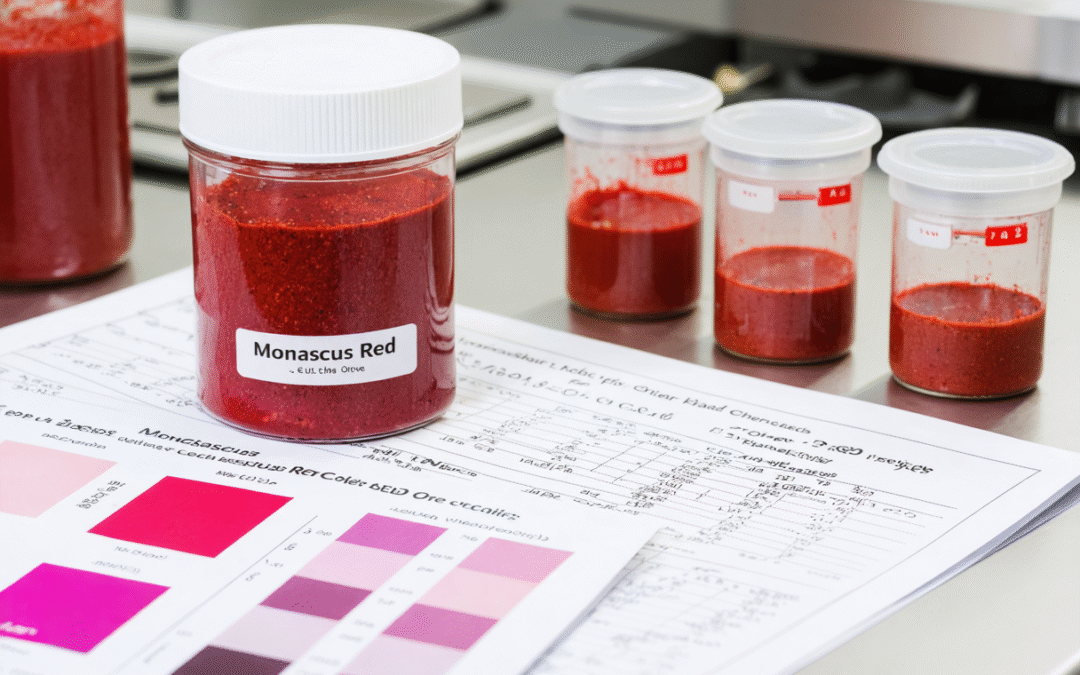

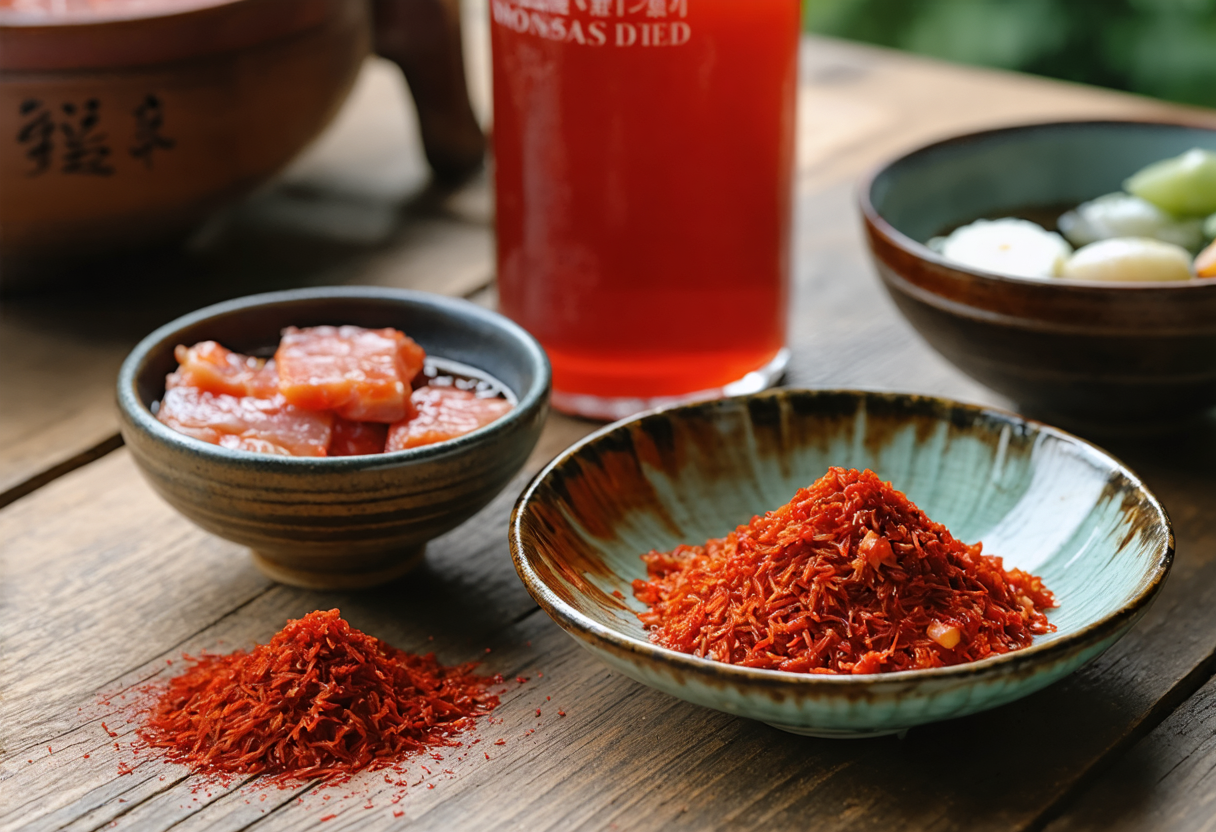

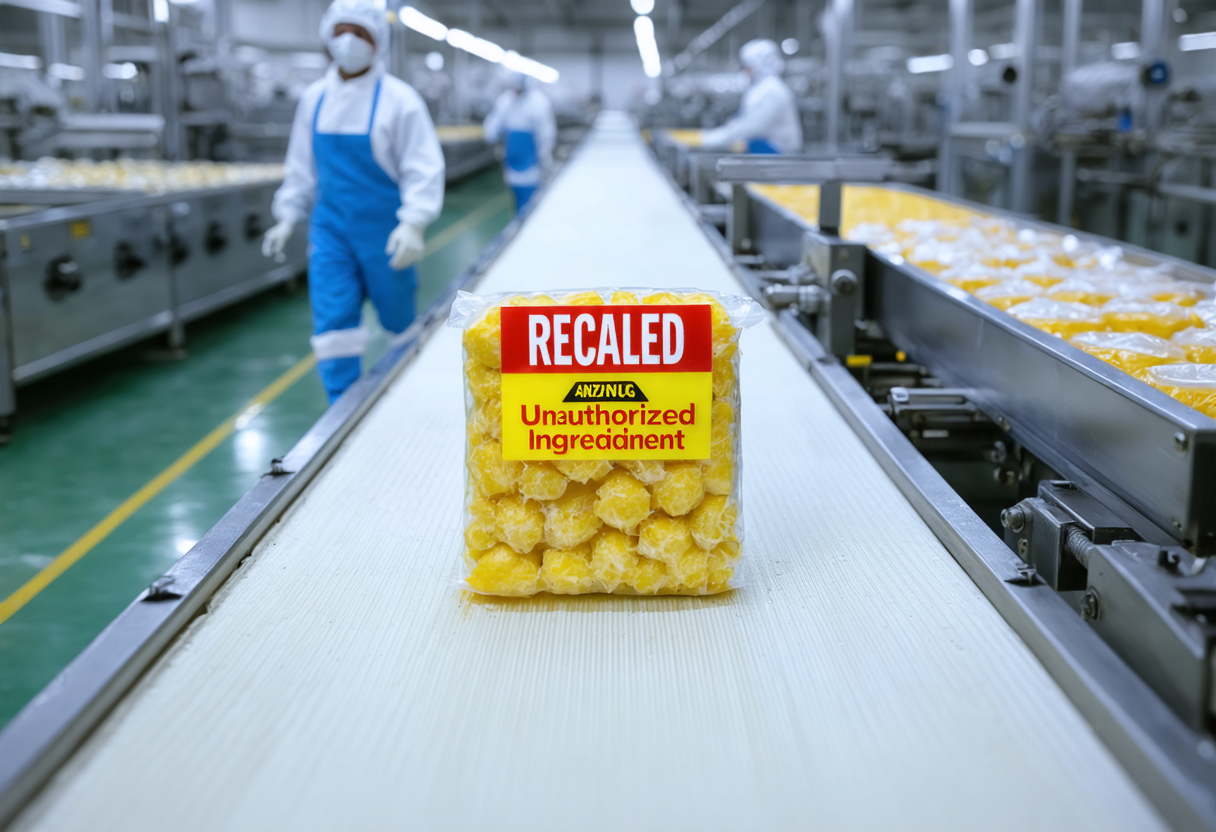
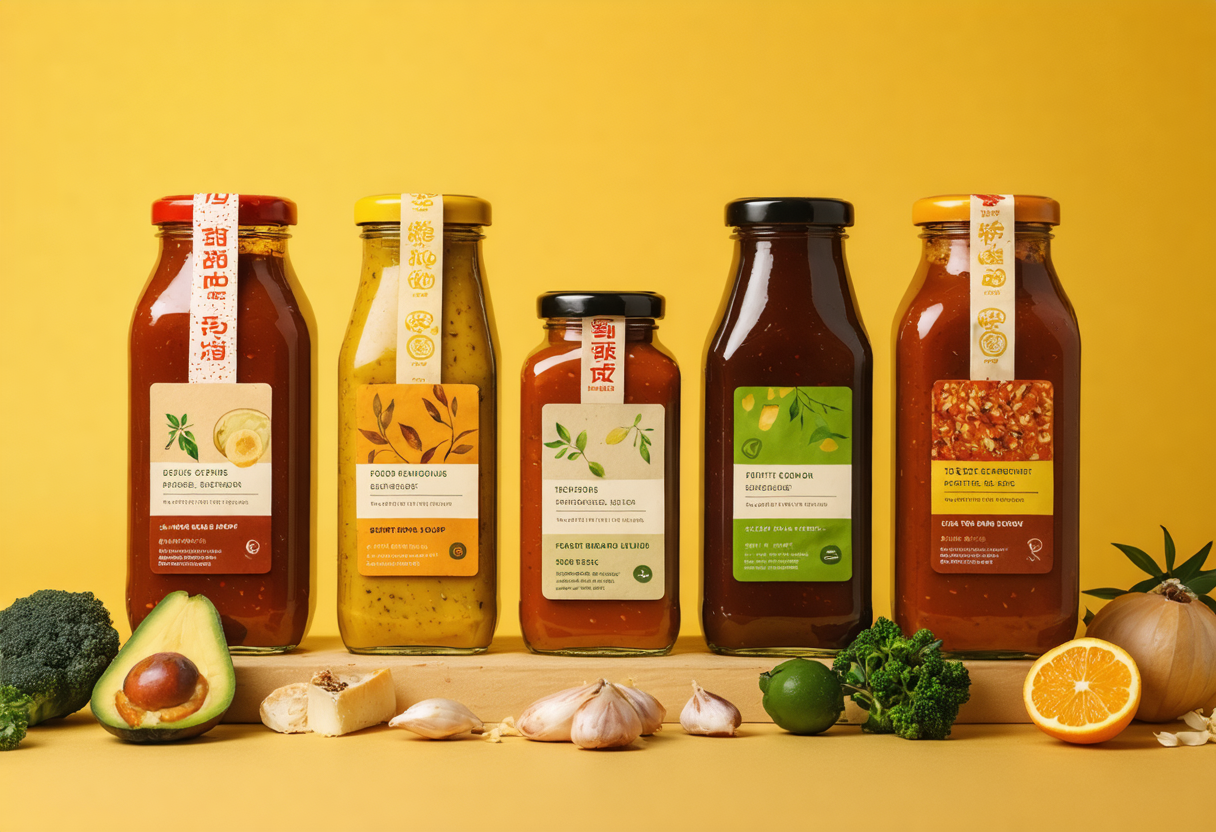
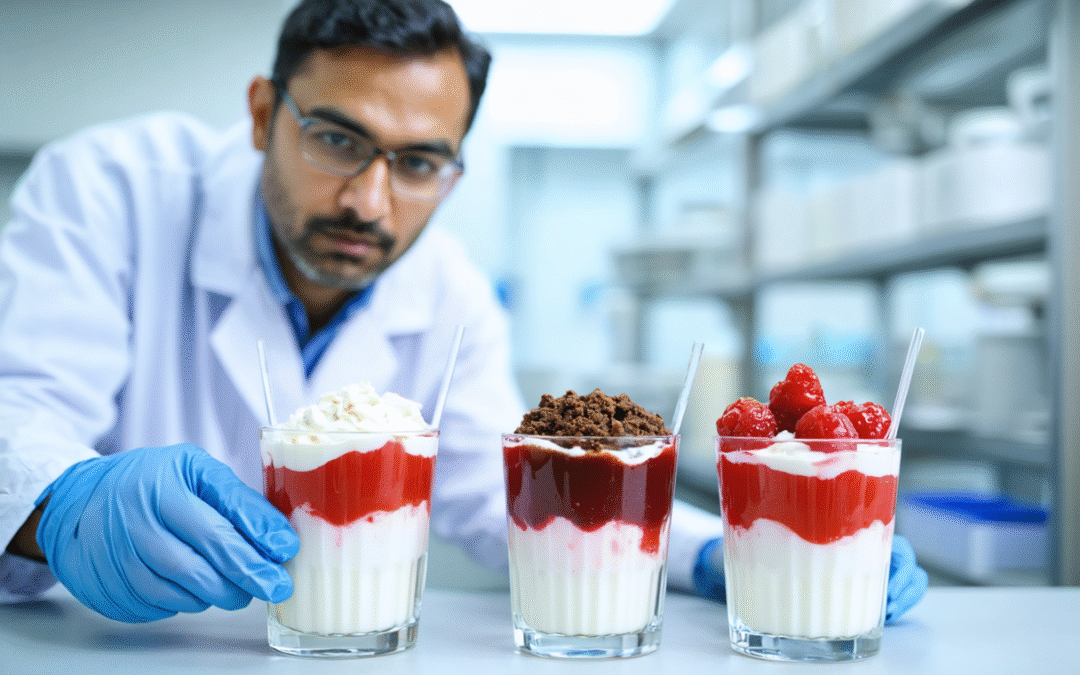
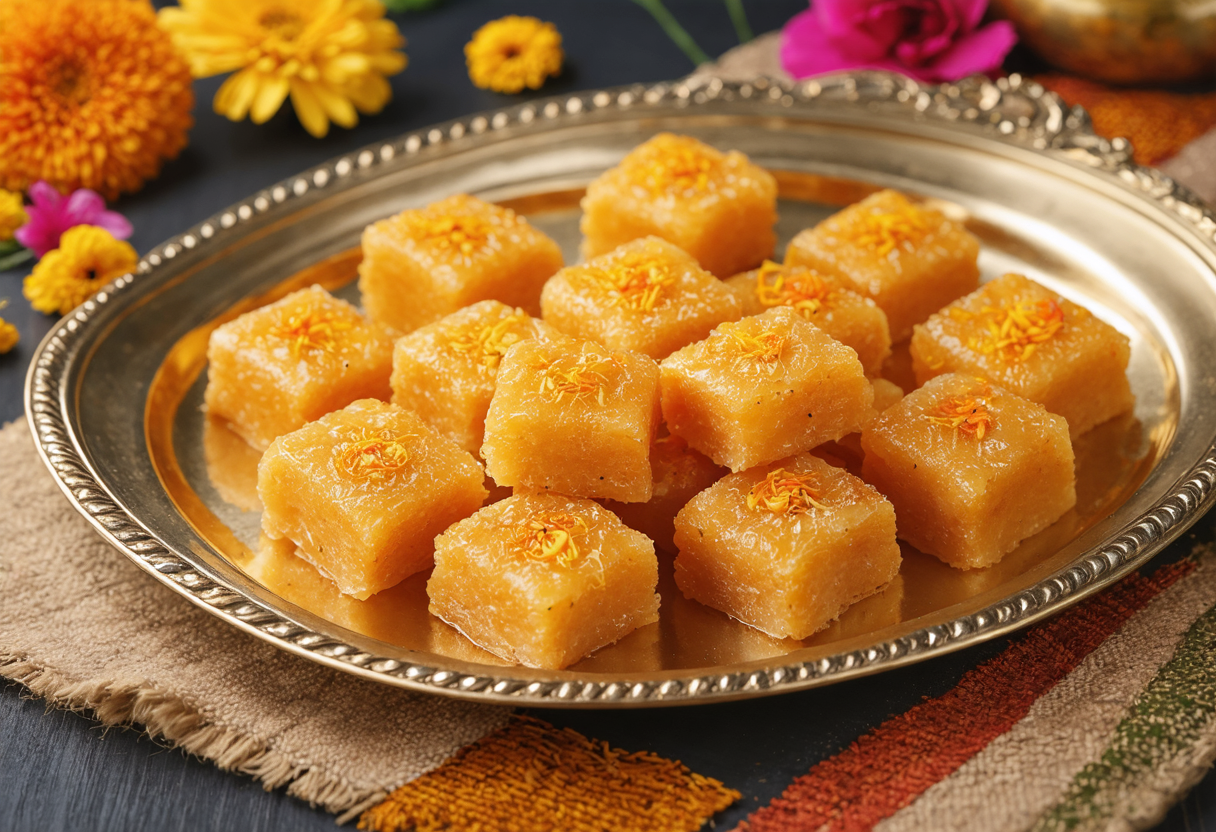
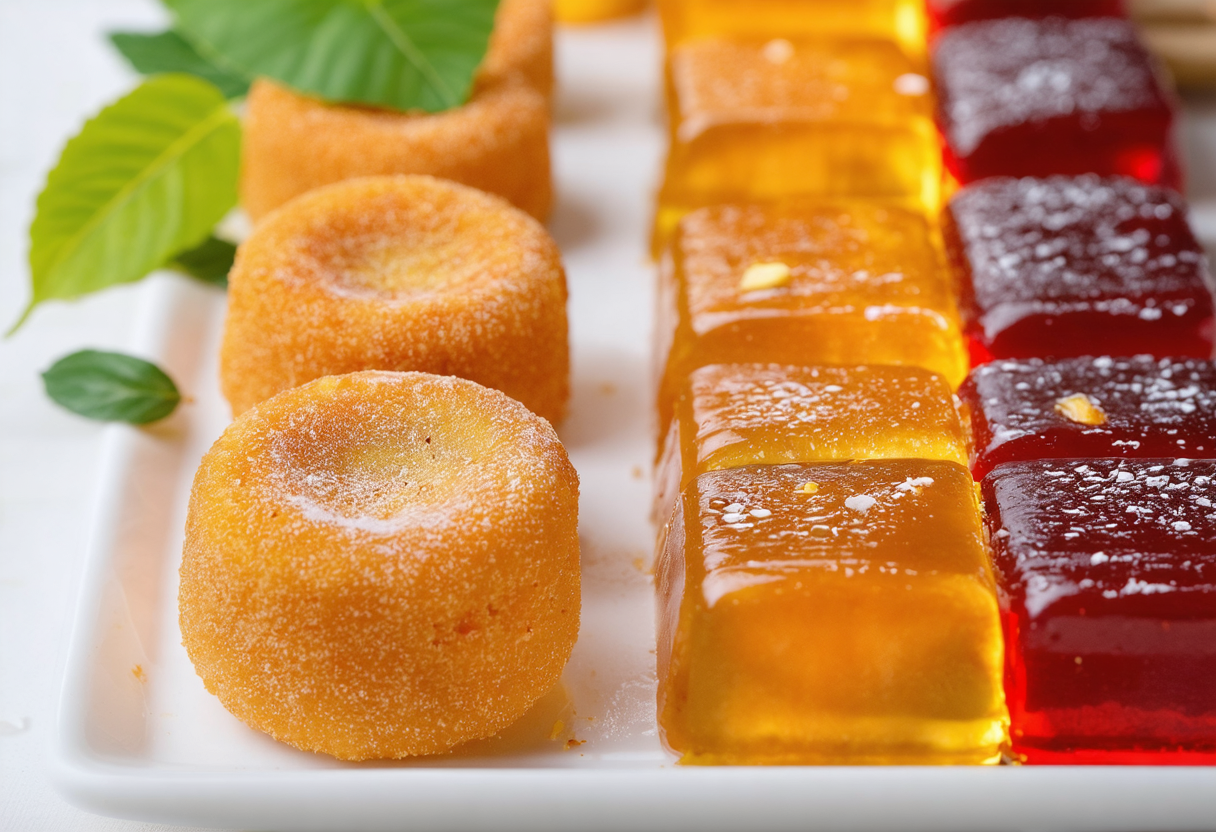
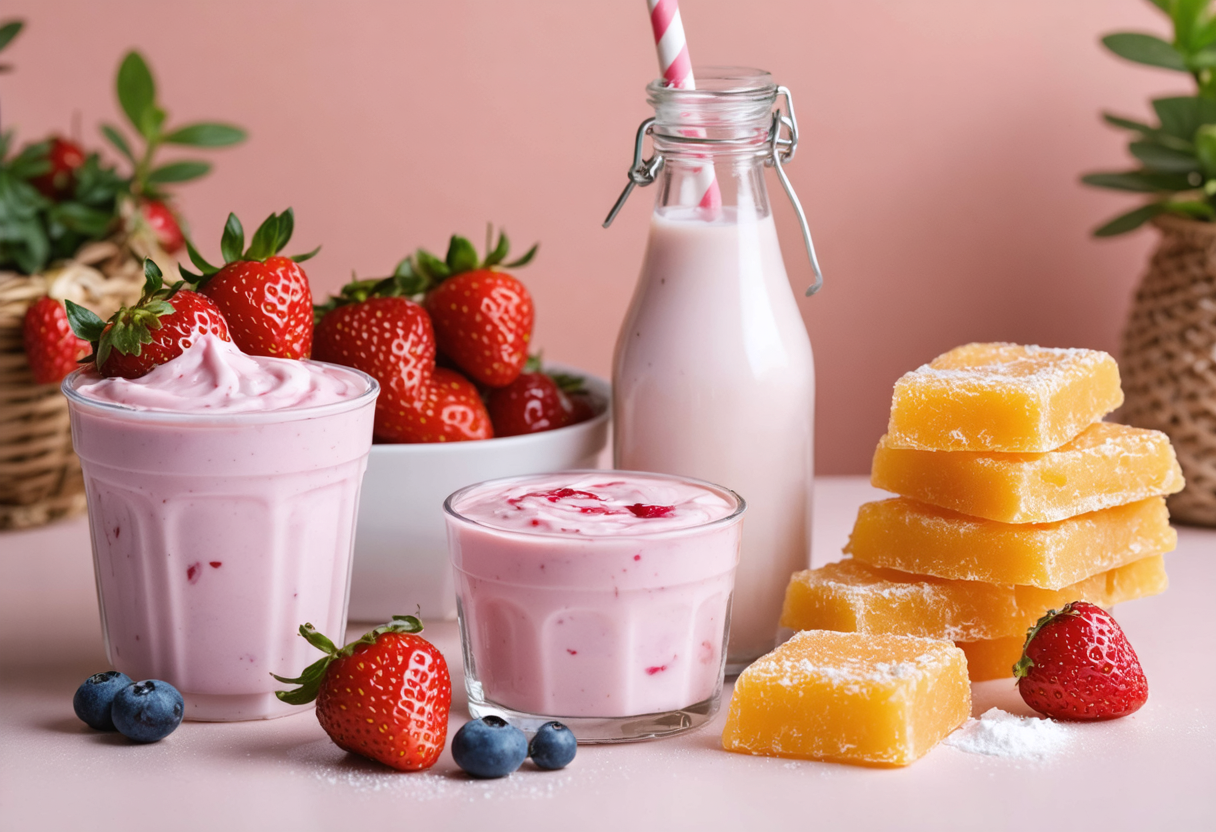

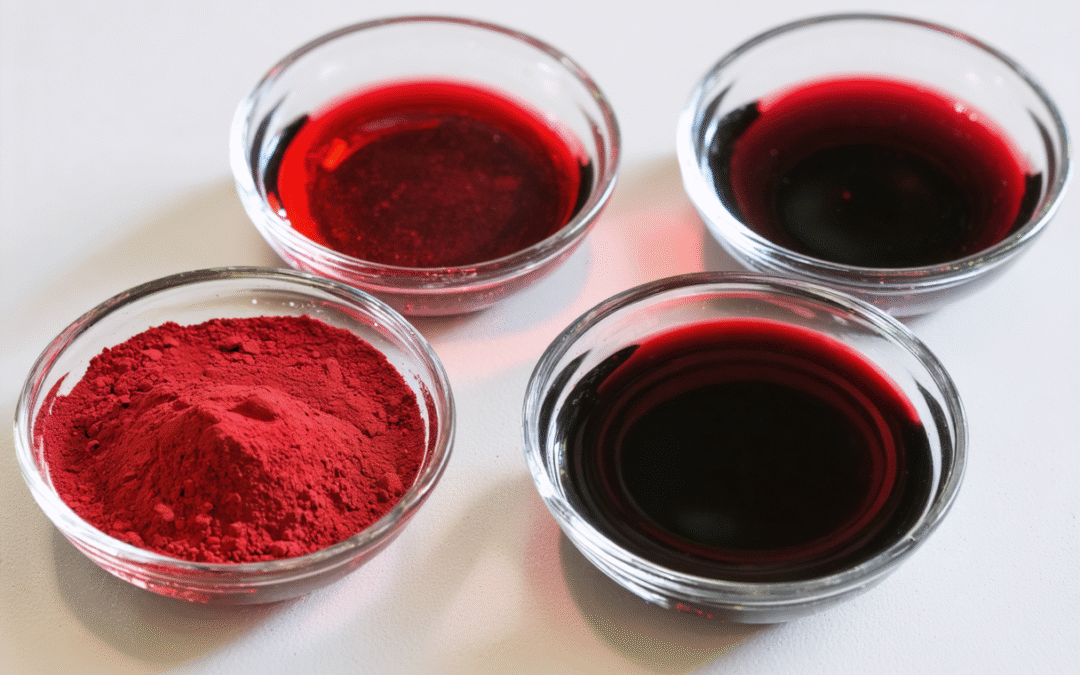


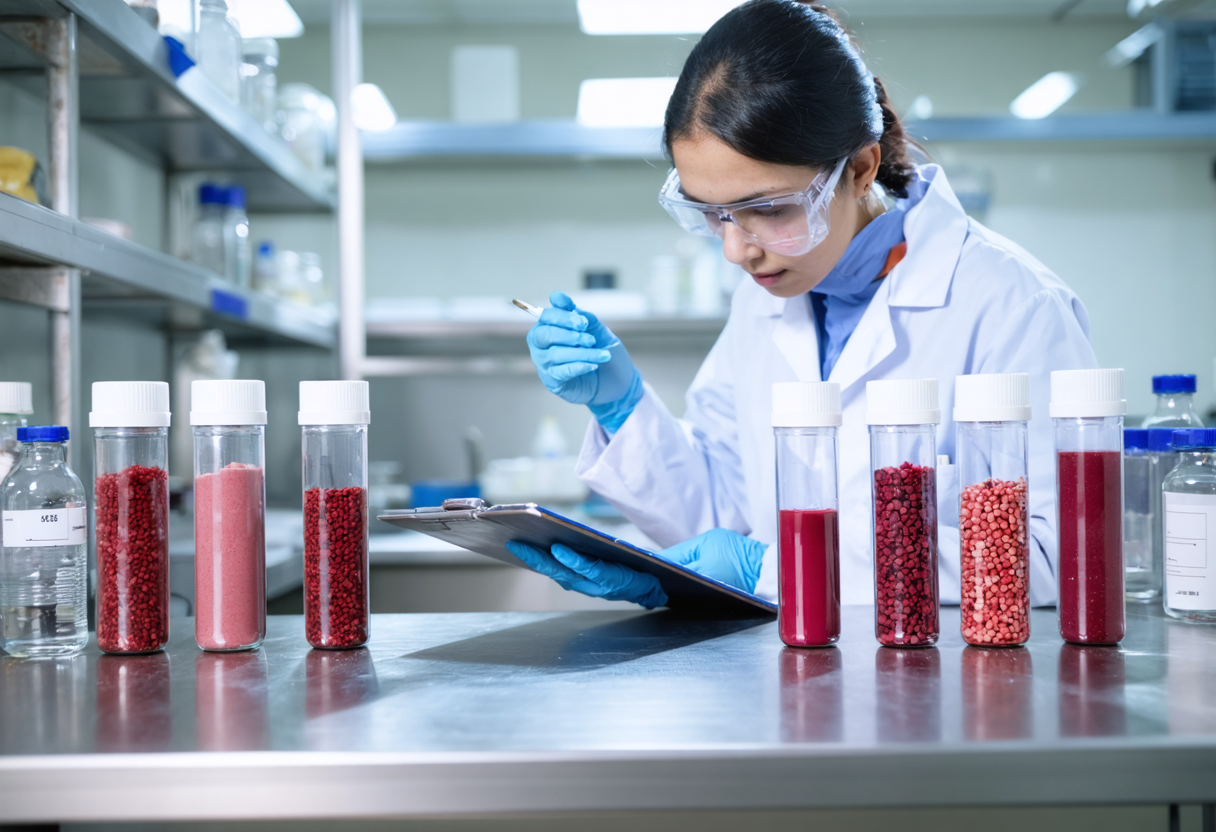

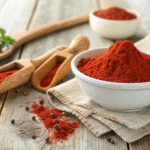

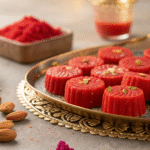

Recent Comments